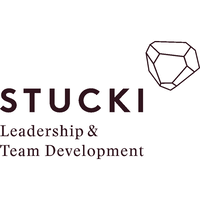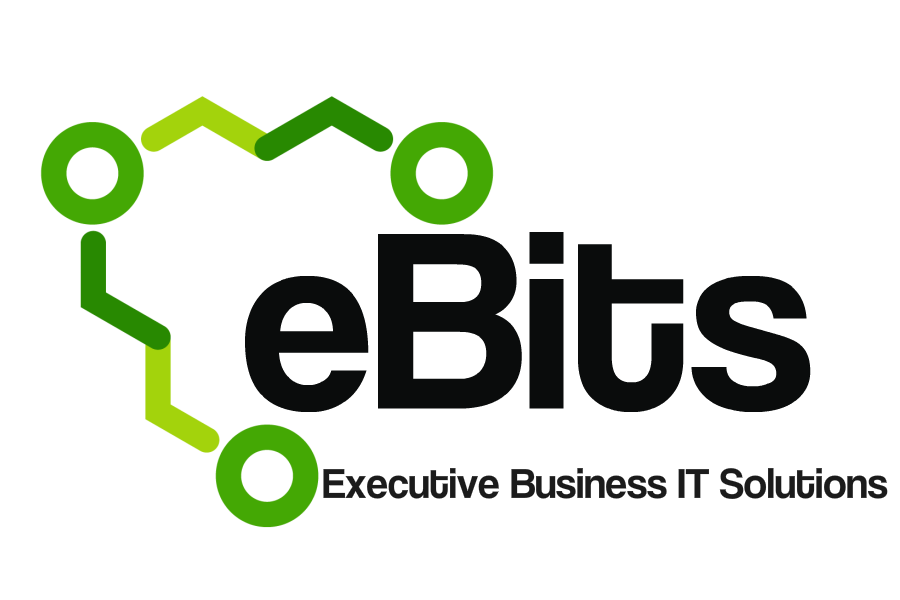Blended learning, hybrid or mixed-mode learning, is an educational approach combining traditional face-to-face classroom methods with online learning.
This approach allows for a more personalized and flexible learning experience, integrating the benefits of both online and offline learning environments.
Background Overview of Blended Learning
The concept of blended learning at work emerged with digital technology and the internet. It was designed to break the geographical barriers and time constraints often associated with traditional learning methods.
Blended learning is not merely a combination of physical and digital learning; it’s a systematic integration that aims to enhance the overall learning experience.
Understanding this aspect is an essential part of any train-the-trainer guide.
Types of Blended Learning
There are several types of blended learning, including:
- Rotation Model: Students rotate between online and face-to-face instruction on a fixed schedule.
- Flex Model: Most instruction is delivered online, with teachers providing as-needed support in a flexible, adaptive environment.
- A La Carte Model: Students take online courses to supplement their traditional school experience.
- Enriched Virtual Model: Students divide their time between attending a brick-and-mortar school and learning online.
Benefits of Blended Learning
Blended learning offers numerous benefits:
- Flexibility: Learners can access materials anytime, anywhere, making it ideal for those with busy schedules.
- Personalization: It allows for personalized learning paths, catering to individual learning styles and paces.
- Efficiency: It can accelerate learning as students can work at their own pace, spending more time on challenging concepts and less on those they grasp quickly.
- Engagement: Interactive digital content can increase student engagement and motivation.
Features and Opportunities for Using Blended Learning
Blended learning provides opportunities for:
- Collaborative Learning: Online platforms can facilitate collaboration and discussion.
- Real-time Feedback: Teachers can provide immediate feedback through digital tools.
- Data-Driven Instructions: Online learning platforms can provide data to help teachers personalize instruction.
- Cost-Effectiveness: It can reduce costs associated with physical materials and travel.
8 Ways to Use Blended Learning in Business
- Employee Training: Use blended learning for onboarding, skill development, and ongoing training. We frequently hear this from clients with leadership skills training needs who are looking to enhance their corporate training.
- Leadership Development: Combine online courses with in-person mentoring.
- Product Training: Use online modules for product knowledge, supplemented by hands-on training.
- Customer Education: Through webinars and in-person demonstrations, educate customers about products or services.
- Compliance Training: Use online icebreakers and modules for theory, followed by in-person practical sessions.
- Sales Training: Combine online sales strategy courses with role-playing workshops.
- Language Training: Use online language learning platforms, supplemented by conversation practice with native speakers.
- Technical Training: Use online courses for theory, followed by hands-on technical workshops.
Challenges with Blended Learning
Despite its benefits, blended learning can present challenges:
- Technical Issues: Not all students have equal access to technology, and technical difficulties can disrupt learning.
- Adaptation: Both teachers and students may need time to adapt to challenges in the new online learning environment.
- Time Management: Some students may struggle with managing their time in a more flexible learning environment.
5 Steps to Get Started with Blended Learning
- Identify Your Goals: Determine what you want to achieve with blended learning.
- Choose the Right Model: The blended learning model best suits your needs.
- Select the Right Technology: Choose the online platforms and digital tools that best support your learning objectives.
- Design Your Course: Plan how to integrate online and face-to-face learning experiences.
- Implement and Evaluate: Implement your plan, gather feedback, and make necessary adjustments.
Pros and Cons of Blended Learning
Pros:
- Flexibility and convenience.
- Personalized learning paths.
- Increased engagement and interaction.
- Cost-effectiveness.
Cons:
- Requires reliable internet access and digital literacy.
- It may require significant upfront investment in technology and training.
- Requires self-discipline and good time management skills.
Conclusion
When implemented effectively, blended learning can offer a powerful and flexible approach to education.
It combines the best of both worlds, offering the personal touch of traditional classroom instruction with the convenience and flexibility of blended or online learning.
Despite the challenges, the benefits make it worthwhile for many educational and business contexts.





























































